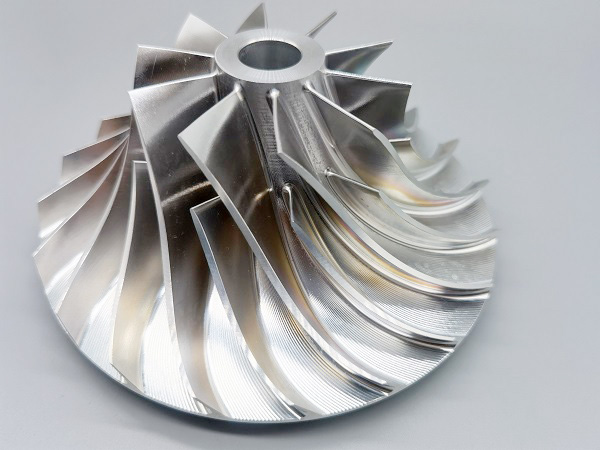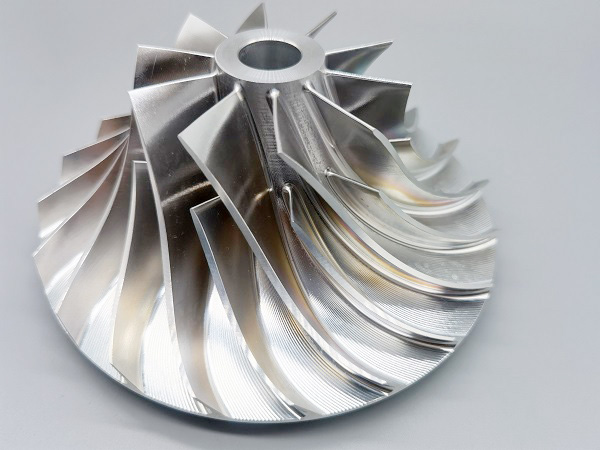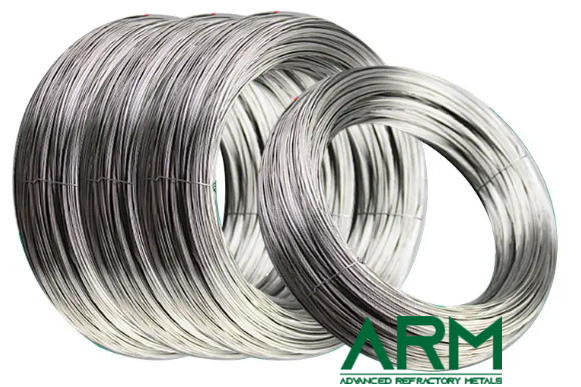Nickel-Based Alloys: Types and Examples

Nickel-based alloys are a class of materials known for their high strength and excellent resistance to oxidation and corrosion at elevated temperatures ranging from 650 to 1000°C. Based on their properties and applications, nickel-based alloys can be categorized into several types.

Nickel-Based High-Temperature Alloys
Nickel-based high-temperature alloys are specifically designed to withstand extreme heat while maintaining mechanical strength. These alloys can be further classified into iron-based, nickel-based, and cobalt-based superalloys.
- One of the most commonly used nickel-based high-temperature alloys is the Incoloy series. A notable example is Incoloy 800, which contains 32% nickel, 21% chromium, titanium, and aluminum. This alloy is used in high-temperature structural components due to its resistance to oxidation and carburization.
- Another example is the Inconel series, such as Inconel 600, which consists of 73% nickel, 15% chromium, titanium, and aluminum. This alloy is widely used in jet engines, chemical processing, and nuclear reactors because of its excellent oxidation resistance.
- Another widely recognized nickel-based alloy is Hastelloy, particularly Hastelloy C-276, which consists of 56% nickel, 16% chromium, 16% molybdenum, and 4% tungsten. This alloy is primarily used in aggressive chemical environments due to its outstanding corrosion resistance.
- Additionally, Monel alloys, such as Monel 400, which consists of 65% nickel and 34% copper, are commonly utilized in marine applications, chemical processing, and aerospace due to their superior corrosion resistance.
Here is a summary table of Nickel-Based High-Temperature Alloys:
|
Alloy Type |
Composition |
Key Properties |
Common Applications |
|
32% Ni, 21% Cr, Ti, Al |
High-temperature strength, oxidation and carburization resistance |
Heat exchangers, furnace components, chemical processing |
|
|
Inconel 600 |
73% Ni, 15% Cr, Ti, Al |
Excellent oxidation resistance, good mechanical properties at high temperatures |
Jet engines, nuclear reactors, chemical processing |
|
Hastelloy C-276 |
56% Ni, 16% Cr, 16% Mo, 4% W |
Outstanding corrosion resistance, high-temperature strength |
Aggressive chemical environments, pollution control, marine applications |
|
65% Ni, 34% Cu |
Excellent corrosion resistance, good mechanical strength |
Marine engineering, chemical processing, aerospace |
Further reading: Common Nickel-Based Superalloys and Their Uses
Nickel-Based Corrosion-Resistant Alloys
Nickel-based corrosion-resistant alloys are developed to withstand highly corrosive environments, including exposure to acids and stress-induced corrosion. These alloys typically contain copper, chromium, and molybdenum as their primary alloying elements.
- One of the most widely used corrosion-resistant alloys is the Ni-Cu alloy, known as the Monel series. A prominent example is Monel 400, which contains 70% nickel and 30% copper. This alloy offers excellent resistance to reducing environments such as hydrofluoric acid and seawater.
- Another important group of corrosion-resistant alloys is the Ni-Cr alloys, which include various nickel-chromium compositions such as the Inconel series. These alloys are primarily used in oxidizing environments and exhibit high resistance to sulfur and vanadium-containing gases.
- Ni-Mo alloys, such as the Hastelloy B series, are specifically designed for use in reducing environments and are highly effective against hydrochloric acid. However, their corrosion resistance decreases significantly in oxidizing conditions.
- Ni-Cr-Mo(W) alloys, which combine the properties of both Ni-Cr and Ni-Mo alloys, are ideal for applications in mixed oxidation and reduction environments. These alloys are commonly used in high-temperature hydrogen fluoride gas applications, as well as in oxidizing and reducing acid solutions.
- Ni-Cr-Mo-Cu alloys provide resistance to both nitric and sulfuric acid corrosion and are widely utilized in environments containing mixed oxidizing and reducing acids.

Nickel-Based Wear-Resistant Alloys
Nickel-based wear-resistant alloys are designed for applications that require high durability against wear and abrasion. These alloys often contain elements such as chromium, molybdenum, and tungsten, which contribute to their strength and hardness. In addition to their wear resistance, these alloys also possess excellent oxidation and corrosion resistance, as well as good weldability.
Several different compositions of nickel-based wear-resistant alloys exist, including Ni-Cr, Ni-Cr-Mo, and Ni-Cr-Fe alloys, as well as Ni-Cu and Ni-P alloys. Another category within this group is self-fusing alloys, such as Ni-B-Si and Ni-Cr-B-Si alloys, which contain boron and silicon to enhance their wear resistance. These alloys are commonly applied as coatings through thermal spray or welding processes to improve the wear and corrosion resistance of surfaces.

Nickel-Based Precision Alloys
Nickel-based precision alloys are specialized materials that include soft magnetic alloys, precision resistance alloys, and electrical heating alloys. These alloys are essential in applications requiring specific electrical or magnetic properties.
One of the most commonly used soft magnetic alloys is Permalloy, which contains approximately 80% nickel. This alloy has a high magnetic permeability, low coercivity, and is widely used as a core material in electronics. Precision resistance alloys, such as Ni-Cr-Al and Ni-Cr-Cu alloys, are designed to have high electrical resistance and low resistance temperature coefficients, making them ideal for resistors and temperature-sensitive devices. Electrical heating alloys, such as Ni-Cr alloys containing 80% nickel and 20% chromium, are used in heating elements for furnaces and industrial processes due to their excellent oxidation and corrosion resistance at high temperatures.
Nickel-Based Shape Memory Alloys
Nickel-based shape memory alloys possess unique properties that allow them to return to their original shape when exposed to a specific temperature. These alloys are primarily composed of nickel and titanium.
One notable shape memory alloy is the nickel-titanium (Ni-Ti) alloy, which contains approximately 50% titanium. This alloy has a recovery temperature of around 70°C, though slight variations in its composition can adjust the recovery temperature within the range of 30–100°C. Nickel-titanium shape memory alloys are widely used in aerospace for deployable structures, in medical applications such as stents, and in robotics for actuators.
Conclusion
Nickel-based alloys play a crucial role in modern industries due to their exceptional high-temperature strength, corrosion resistance, and wear-resistant properties. These alloys continue to evolve with advancements in metallurgy, providing enhanced performance for aerospace, energy, chemical processing, and medical applications. For more information and technical support, please check Advanced Refractory Metals (ARM).
{{item.content}}
LEVE A REPLY
{{item.children[0].content}}
{{item.content}}






